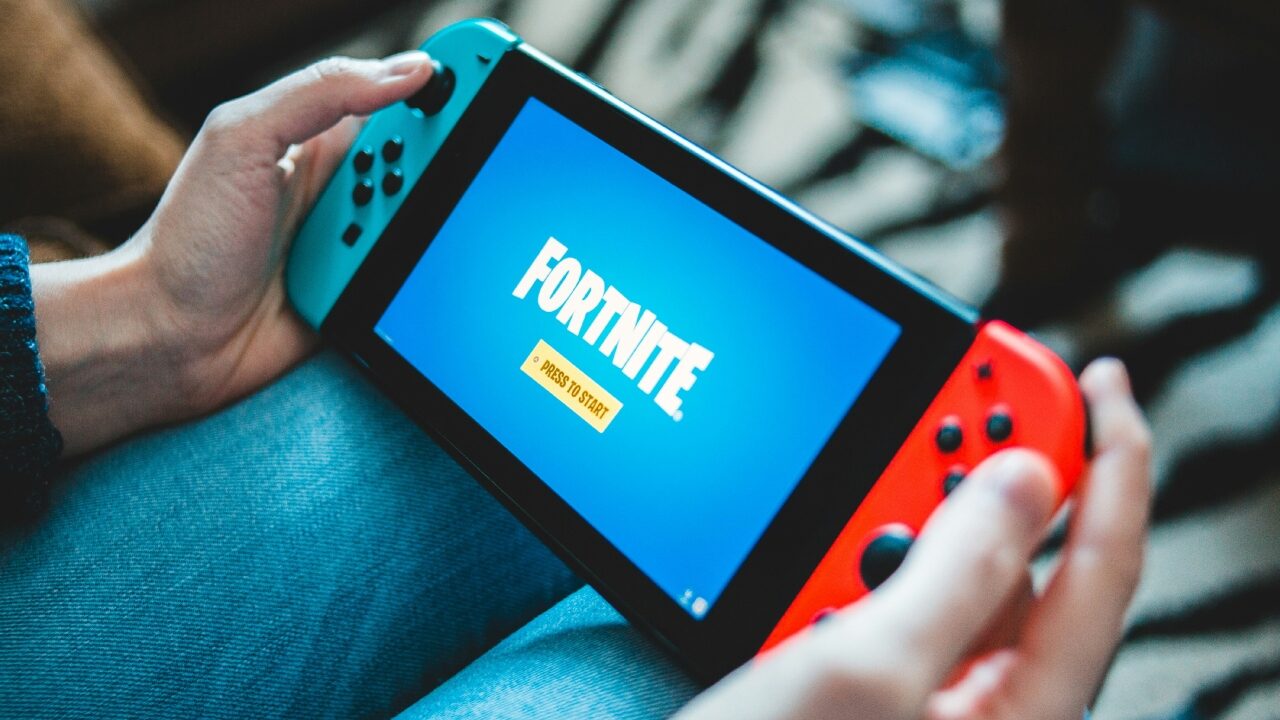Fortnite’s latest update introduces Blitz Royale, a compact game mode that redefines how quickly matches unfold. Designed with a strict 15-minute cap—though many conclude in half that time—the mode accelerates gameplay through tighter storm cycles and a reduced play area. With this release, Epic Games signals a shift in the battle royale formula, placing greater emphasis on rapid execution, high-pressure choices, and evolving in-match momentum.
Shifting Player Expectations Beyond the Game
As competitive formats grow faster and more reward-focused, players are increasingly drawn to environments where quick decisions and high stakes define the experience. This appetite for streamlined intensity is influencing how engagement unfolds far beyond the battle arena. We’re seeing this trend reflected across digital entertainment, from time-limited esports tournaments to on-demand skill-based mobile apps. Even fantasy sports platforms are adapting, offering shorter contests with instant rewards and simplified entry.
In the same spirit, many players are now exploring fast-paced online experiences that accept credit cards, where access and action are just a tap away. One reason this model appeals to players is the combination of instant access and familiar payment methods. When choosing to use your Visa, the process tends to be straightforward, often without the need to switch between platforms or third-party tools. In many cases, deposits are processed immediately, and withdrawals—once verified—can be just as efficient. Some platforms also provide structured bonuses tied to credit card transactions, adding another layer of engagement without complicating the overall user experience.
A clear tilt toward faster, more straightforward experiences is influencing how interactive platforms are being built today. From how challenges are framed to how progress is measured, the focus is moving steadily toward quick access and clear outcomes. It’s a shift that’s easy to spot in games like Fortnite, where rapid decision-making and tight execution have become defining features.
Evolving Pacing and Tactical Design
Fortnite’s gameplay structure has undergone notable shifts since its early days, where slower openings and drawn-out resource gathering defined the standard tempo. Over time, updates have continuously redefined how matches unfold, with modes like Fortnite OG briefly reviving the original formula before newer iterations accelerated the pace. The return of Fortnite OG reminded players of the game’s foundational flow—more measured, exploratory, and zone-driven.
Blitz Royale now stands in stark contrast to that earlier rhythm. It removes the downtime, dropping players into an already shrinking storm and compressing decision-making into the opening seconds. The slower lead-ins of the past have been replaced with immediate conflict and condensed space, making each moment tactically dense. Loot spawns are more abundant, and survival depends less on passivity and more on swift engagement. It’s not just a mechanical update—it reflects Fortnite’s broader evolution toward intensity and speed.

The Blitz Level Mechanic: Power Through Action
To complement the shorter structure, Epic has introduced the Blitz Level system—a new progression mechanic that rewards proactive gameplay. Unlike standard modes, where gear is collected passively or through exploration, Blitz Royale levels are earned through eliminations and storm survival. Each level unlocks upgrades in real time, providing access to better weapons and stat boosts as the match unfolds.
This mechanic introduces a sense of momentum rarely seen in battle royale. Players who succeed early are rewarded not only with gear but also with a strategic edge that scales. The more opponents eliminated, the faster one ascends the power curve. It becomes a feedback loop: success breeds dominance, and stalling leads to stagnation. The storm does not wait, and neither can the players.
Importantly, this system discourages defensive strategies and encourages consistent pressure. Sitting on the sidelines is no longer a viable route to the final circle. Every decision to push or rotate carries weight, and hesitation is often punished by the mode’s unforgiving timer.
Designed for Versatility, Built for Speed
While Blitz Royale appears particularly suited for mobile play, it is fully supported across platforms, including PC and consoles. The reduced match length aligns well with players who seek brief but high-stakes engagements, especially those gaming in shorter windows of time. Whether on the go or seated for extended play sessions, the experience remains consistent, responsive, and unpredictable.
The visual presentation and interface are streamlined to match the mode’s speed. There is less time for inventory management, fewer opportunities to build elaborate defences, and a noticeable shift in overall pacing. Epic has structured the experience to feel instinctive, allowing seasoned players to adapt quickly while still challenging those entering from other Fortnite formats.
Compared to earlier iterations of “Blitz” modes that appeared several years ago, this new version is more polished, mechanically ambitious, and supported by integrated progression. It’s not simply a sped-up variant—it’s a standalone ecosystem that reflects a growing appetite for quicker, high-intensity formats in competitive gaming.
Competitive Direction and Player Response
The structure of Blitz Royale speaks to a growing trend in game design—one where rewards are directly tied to how players perform, not how long they stay in the match. The pace is unforgiving, and that’s by design. Players are expected to act quickly, take risks, and respond to shifting conditions without delay. There’s little room for hesitation.
It’s a design that echoes principles found in strategic incentive models, where action is shaped by immediate feedback and clearly defined outcomes. In Blitz Royale, those outcomes come fast. A strong performance unlocks cosmetic rewards, visibility, and a sense of momentum. Passive play offers no such return.
What makes this approach resonate is its clarity. The system is transparent: do well, and the rewards follow. Fail to adapt, and nothing comes easy. It’s this balance of pressure and potential that has drawn competitive players in. Not because it’s easy—but because every decision matters.ecause every decision matters.



